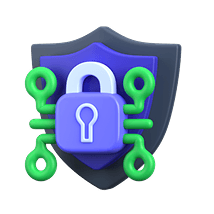Global expertise, Local presence
Leading Provider of
Digital Transformation Services in Dubai
Elevate your business with our tailored IT solutions and comprehensive digital transformation services in Dubai.

Digital Transformation Services in Dubai
Accelerate growth with our expert digital transformation services in Dubai.
Technologies We Specialize In





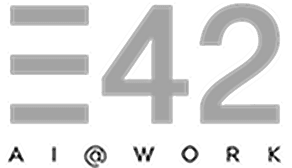


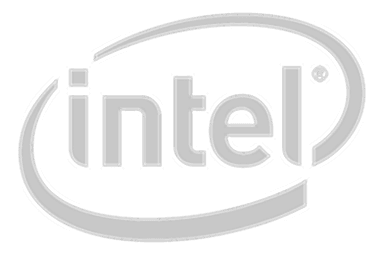






























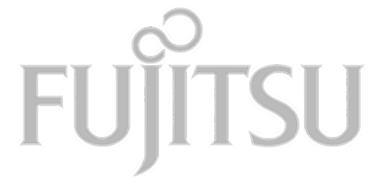



















































































At Agile ManageX Technologies, we specialize in end-to-end IT infrastructure management services, robust cyber security resilience services, and forward-thinking digital transformation services in Dubai. We empower UAE businesses with our digital transformation services in Dubai to build a secure and scalable future.
Transform, Automate, and Thrive
Business success today depends on agility. That’s why our digital transformation services go beyond just technology upgrades. We help you redesign workflows,
Secure Your Digital Footprint with Advanced Cyber Defense
Protect your most valuable assets with our robust cyber security resilience services. As a top cyber security managed service provider in the UAE, we offer more than just standard solutions.
Expert IT Infrastructure Support – Anywhere, Anytime
Technology should never slow you down. That’s why our IT infrastructure management services are designed to keep your systems running smoothly at all times. Whether you need 24/7 remote support,
Our Clients


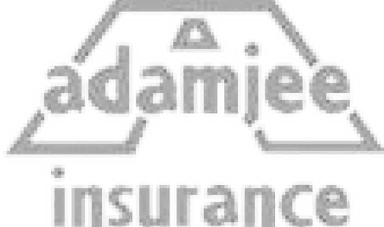


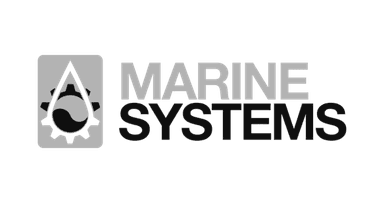








































































What Are
You Waiting For ?
Join Leading Businesses Who Trust
Agile ManageX!
We are more than just a service provider—we are long-term partners in your success. By combining IT infrastructure management, our digital transformation services in Dubai, and cyber security, we deliver solutions that are practical, cost-effective, and scalable.
Work With USWhat Makes Us Unique
Global Expertise, Local Commitment
With over a decade of worldwide experience, we understand both international standards and the unique needs of UAE businesses.
End-to-End IT Management
Our IT managed services in UAE and digital transformation services in Dubai handle everything from strategic planning to execution, offering seamless business IT support and complete IT support Dubai solutions.
Best Practices, Optimized Solutions
We deliver proven strategies, refined from global IT leaders, for maximum efficiency and cyber security resilience.
Cost-Effective, Scalable IT Solutions
We provide scalable IT service management and cloud management service providers' solutions that fit your budget while ensuring peak operational efficiency.
Reliable Cybersecurity and Compliance
We offer advanced cyber security support services, including firewall installation and configuration and data security management, to safeguard your business 24/7 and ensure compliance.
Rapid Deployment, 24/7 Support
With our managed IT service solutions, expect proactive monitoring and round-the-clock remote IT support services from a leading IT support Dubai provider whenever you need it.
Success Stories
We chose Agile Managex because of the various benefits, such as the competitive pricing model, the support, and the product roadmap made the platform a very effective solution for us.

Luke Bourke
Service Director, Ellby Group
From the initial consultation to the implementation and fine-tuning of the automated processes, the team at Agile Managex Technologies demonstrated exceptional professionalism and a deep understanding of our needs.

Tauseef
IT Manager, Prime Health
I have worked with many organizations, but the messaging of the Agile Managex is consistent in how it distinguishes its unique selling proposition, whether through the website or social media content.

Raju Saini Practice
Head Automation, ACL Digital

IT Made Simple
You focus on growth while we handle all your IT needs.
BOOK A FREE CONSULTATION TODAY!
Got Questions?
We Have Answers!
We Are Here To Help
